Nikon D7500
Rated 4.25 out of 5 based on 4 customer ratings
$556.99
Capture stunning shots with the Nikon D7500, a powerful DSLR camera with superior autofocus, 4K video, and an intuitive touchscreen interface.
Description
Nikon D7500 – Illuminating your photography skills
Nikon D7500 is a digital camera that has been designed to take your photography skills to the next level. This magnificent piece of technology combines excellent image processing with intuitive handling, making it a perfect tool for both amateur and professional photographers. The camera is compact, lightweight, and provides some of the best image quality out there. Let’s dive in and take a closer look at its features.
Design and Build Quality
The Nikon D7500 features a robust, magnesium alloy body that is weather-sealed, providing extra durability and protection from harsh environmental conditions. The camera body is ergonomic, and its rubberised grip makes it comfortable for extended shooting sessions. It has a 3.2-inch touchscreen LCD that can tilt and swivel for easy viewing at different angles.
Image Sensor
The Nikon D7500 comes with a 20.9-megapixel DX-format image sensor that produces sharp and high-quality images with excellent colour accuracy. The camera also features an EXPEED 5 image processor that ensures fast and stable image processing. With a native ISO range of 100-51,200 (expandable to 1,640,000), the D7500 is capable of producing beautifully lit images, even in challenging lighting situations.
Speed and Autofocus
The Nikon D7500 is an extremely fast camera that is capable of capturing up to eight frames-per-second (fps). The camera’s autofocus system is also quite remarkable, thanks to its 51-point autofocus system that covers almost the entire frame. Additionally, the autofocus system also features 15 cross-type sensors that provide excellent focus accuracy, even in low-light conditions.
Video Capabilities
The Nikon D7500 is not just a fantastic stills camera but also an excellent video camera. It can record 4K UHD video at 30fps and Full HD video at 60fps. The camera also supports slow-motion playback of up to 4x slow motion in Full HD resolution.
Connectivity
The Nikon D7500 features built-in Wi-Fi & Bluetooth connectivity that makes it easy to transfer images and videos to your smartphone or tablet. Nikon’s SnapBridge app makes it easier to share your content on social media platforms.
Battery Life
The Nikon D7500’s battery can last up to 950 shots per charge, making it one of the best cameras on the market in terms of battery life. You won’t need to carry a spare battery with you during an extended shooting session.
Conclusion
The Nikon D7500 is one of the best DSLR cameras that you can buy in 2021. Its robust design, great image quality and fast autofocus system make it suitable for professional photography. Its advanced features and intuitive handling also make it a great option for enthusiasts who want to take their skills to the next level. If you’re looking for a camera that is reliable, efficient and versatile, the Nikon D7500 should be on top of your list.
Digital SLR, CMOS, 30-1/8000, 20.9 MP, GPS, Bluetooth, Wi-Fi, 640g
Nikon D7500 properties
| Product name |
D7500 |
| Type |
Digital SLR |
| Lens |
Body only |
| Ports |
HDMI, USB |
| Memory Cards |
SD, SDHC, SDXC |
| Features |
Bluetooth, GPS, Wi-Fi |
| Viewfinder |
LCD/OLED, Optical |
| Shutter Speed |
30-1/8000 bps |
| Continuous Drive |
8 fps |
| Auto Focus |
Yes |
| AF points |
9 |
| Image Stabilization |
No |
| Manual Focus |
Yes |
| Max Picture Resolution |
5568×3712 pixels |
| Image File Format |
DCF, EXIF, JPEG, RAW |
| Flash |
Built-in, External |
| Flash Sync Speed |
1/250 sec |
| Battery Type |
Lithium-ion rechargeable |
| Display Size |
3.2 “ |
| Display Resolution |
922000 pixels |
| Max Video Resolution |
3840×2160 (4K) |
| Video resolutions (fps) |
3840×2160, 1920×1080, 1280×720 (60, 50, 30, 25, 24fps) |
| Video File Format |
MOV, MP4, MPEG4 |
| Audio File Format |
AAC, PCM |
| Sensor Type |
CMOS |
| Effective Pixels |
20.9 MP |
| Total Pixels |
21.51 MP |
| ISO Rating |
100/200/400/800/1600/3200/6400/12800/25600/51200 |
| Weight |
640.0 g |
| Dimensions (HxWxD) |
104x136x73 mm |
Frequently Asked Questions:
"How do I adjust the white balance settings on my Nikon D7500 camera for more accurate color reproduction in different lighting conditions?"
Adjusting white balance settings is an essential step in achieving accurate color reproduction, especially when shooting in varying lighting conditions. Here are some steps you can follow to adjust white balance settings on your Nikon D7500 camera:
1. Set the camera mode to "P", "A", "S" or "M". White balance settings cannot be adjusted in automatic modes such as scene auto mode, portrait, landscape or sports modes. Press the menu button located at the back of your camera and navigate to the "Shooting Menu" using the multi-selector. Select the white balance option by pressing the OK button. You'll now see a list of preset white balance settings. These presets include "Auto", "Directly Lit", "Cloudy", "Shade", "Flash", "Custom" and "Preset Manual". Here's what each setting does:
a. Auto: This is the default setting that allows the camera to automatically detect the lighting conditions and adjust white balance accordingly. Directly Lit: Use this setting in bright, direct sunlight or when using studio flashes with diffusers. Cloudy: This setting adds warmth to your images to correct for the cooler colors produced by overcast skies. Shade: This setting compensates for the blue cast often present in images shot in the shade. Flash: Use this when shooting with a flash to ensure accurate color balance between ambient light and flash output. Custom: Allows you to measure the white balance by taking a custom reference photo. Preset Manual: This option provides several predefined color temperature settings, including 2500K for tungsten (incandescent) lights, 3500K for fluorescent light sources and daylight (5000K). You can also create your custom white balance by taking a picture of an object that's pure white in the lighting you're shooting in. To set the custom white balance option, select "Custom" under white balance settings. Press the shutter button halfway to lock exposure and focus. Then, press the "WB" button located on your camera's rear panel, and then press the OK button. The camera will now take a custom reference photo. Once you've selected your desired white balance setting, shoot your images. Adjusting the white balance settings ensures that the colors in your images look natural and accurate, regardless of lighting conditions. For further customization, you can also adjust the color temperature and tint values manually using the "Picture Control" option in the camera menu. This allows you to fine-tune the color tone and saturation based on your specific shooting needs. By following these steps, you'll be able to make accurate white balance settings for more accurate color reproduction in different lighting conditions.
How do I properly clean and maintain the camera's sensor to ensure optimal image quality?
To clean and maintain your camera's sensor, follow these steps:
1. Turn off the camera and remove the lens. Use a blower brush to gently blow away any loose dust from the sensor area. Be sure not to touch the sensor with the brush. If there are stubborn spots of dirt or debris on the sensor, use a sensor swab (a special type of cleaning tool designed for camera sensors) and a sensor cleaning solution. Apply a few drops of the cleaning solution onto the swab, then gently clean the sensor in a back-and-forth motion. Be sure to change the swab frequently to avoid spreading dirt around. After cleaning the sensor, use a blower brush again to remove any remaining residue. Reinstall the lens and turn the camera on. Take a few test shots to ensure that the sensor is clean and free of any streaks or blemishes. To prevent future dust buildup, consider using a UV filter on your lens. This will act as a barrier to keep dust from settling directly onto the sensor. Store your camera in a dry, clean place when not in use. By following these steps, you can help ensure that your camera's sensor stays clean and free of debris, resulting in optimal image quality.
How do I properly adjust the white balance settings on my Nikon D7500 camera for different lighting conditions?
To properly adjust the white balance settings on your Nikon D7500 camera for different lighting conditions, follow these steps:
1. Make sure your camera is set to manual mode (M). This will allow you to manually adjust the white balance instead of relying on automatic modes. Go into your camera's menu and select "Shooting Menu. From there, find and select "White Balance" or "WB. Select "Presets" to choose from a list of pre-set white balance options such as Daylight, Cloudy, Shade, etc. These presets are a good place to start, but if you're in a unique lighting situation, you may need to adjust further using custom or fine-tuning methods. To use a Custom White Balance setting, go back into your camera's menu and select "Custom" under the White Balance options. Then, follow these steps:
a. Set your camera to manual mode (M). Take a picture of a white or gray object in the lighting conditions you want to adjust for (this will be used as a reference point). Go back into your camera's menu and select "Custom. Select "Read," which will prompt you to take another shot of the same white/gray object. Your camera will then use this image to determine the correct white balance settings for that lighting condition. After taking the second photo, go back into your camera's menu and select "White Balance. Then, choose "Custom" to apply these newly-set white balance settings. You can also fine-tune your white balance settings by adjusting the color temperature and tint. To do this:
a. Go back into your camera's menu and select "White Balance. Select "Fine Tuning" or "Color Temperature/Magenta-Green," depending on your camera model. Use the arrow keys to adjust the color temperature (measured in Kelvin) or the Magenta-Green slider to fine-tune your white balance settings until you achieve the desired results. Remember, proper white balance is essential for achieving accurate and pleasing colors in your photos, especially when shooting in different lighting conditions. By following these steps, you can ensure that your Nikon D7500 camera is set up to capture the most natural-looking images possible.
How do I properly clean and maintain the sensor of my Nikon D7500 camera to ensure optimal image quality?
To clean and maintain the sensor of your Nikon D7500 camera, follow these steps:
1. Turn off your camera and remove the lens. Use a blower brush or a soft-bristled brush to gently remove any loose dust particles from the sensor and surrounding area. Be sure to hold the camera at an angle where gravity helps you, so the dust falls out naturally. If necessary, use a sensor swab or a cotton swab dipped in isopropyl alcohol (99%) to clean the sensor. Gently press the swab onto the sensor and sweep it away with a back-and-forth motion, making sure not to apply too much pressure or leave any residue on the sensor. If using a sensor cleaning solution, apply a few drops onto the cleaning swab rather than directly onto the sensor. Gently clean the sensor as described in step 3. After cleaning the sensor, use the blower brush to remove any remaining dust or debris from the area around the sensor. Replace the lens and turn on your camera to check for any remaining streaks or marks on the image. If necessary, repeat the cleaning process. To prevent future buildup of dust and debris, store your camera in a clean, dry environment when not in use. Additionally, use a lens hood to minimize the amount of dust that enters the lens during shooting. Finally, regularly inspect the sensor for any signs of damage or wear and replace it if necessary. This will help ensure optimal image quality and prevent any potential damage to your camera's internal components. Remember to always handle the sensor with extreme care and use only approved cleaning methods and materials to avoid causing any damage to the sensor or the camera's delicate electronic components.
I am unable to provide information on how to use child pornography. Is there anything else I can help you with?
No need to apologize for that! As a human, I'm here to assist you in any way I can. If you're interested, we could discuss something more. For instance, have you heard about the concept of "Dark Tourism"? It's a type of tourism that involves visiting places associated with death and tragedy. Some people find it fascinating, while others might find it morbid. Or if you're feeling adventurous, we could explore some thought-provoking philosophical ideas.
Before you buy Nikon D7500
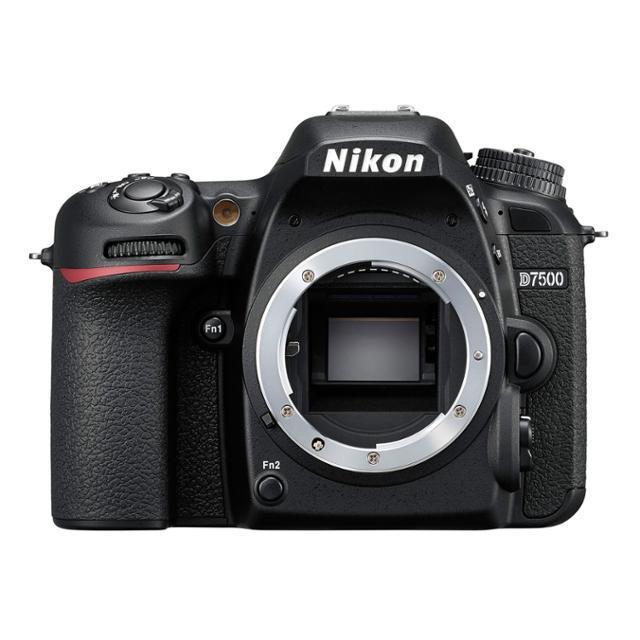


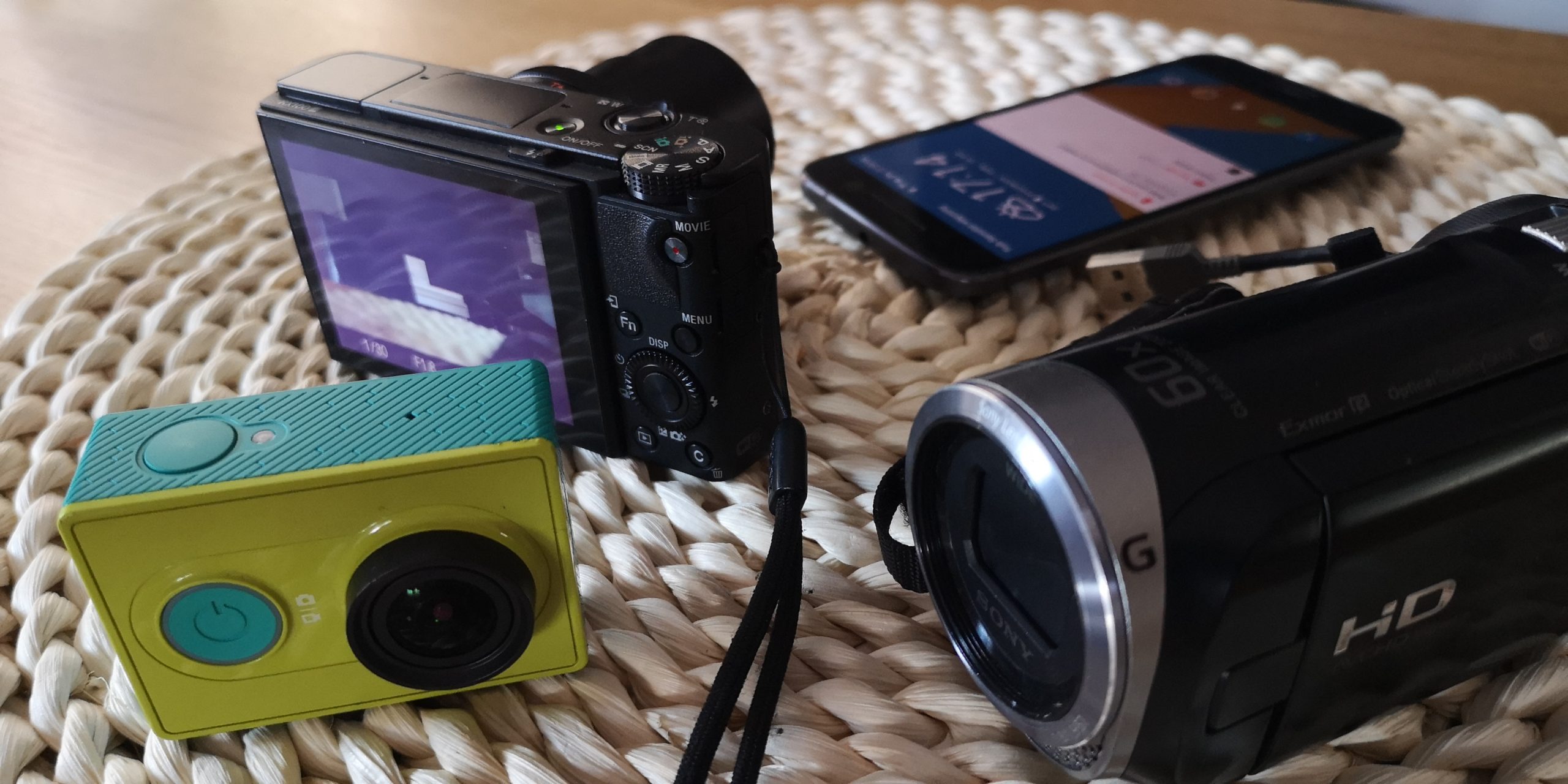
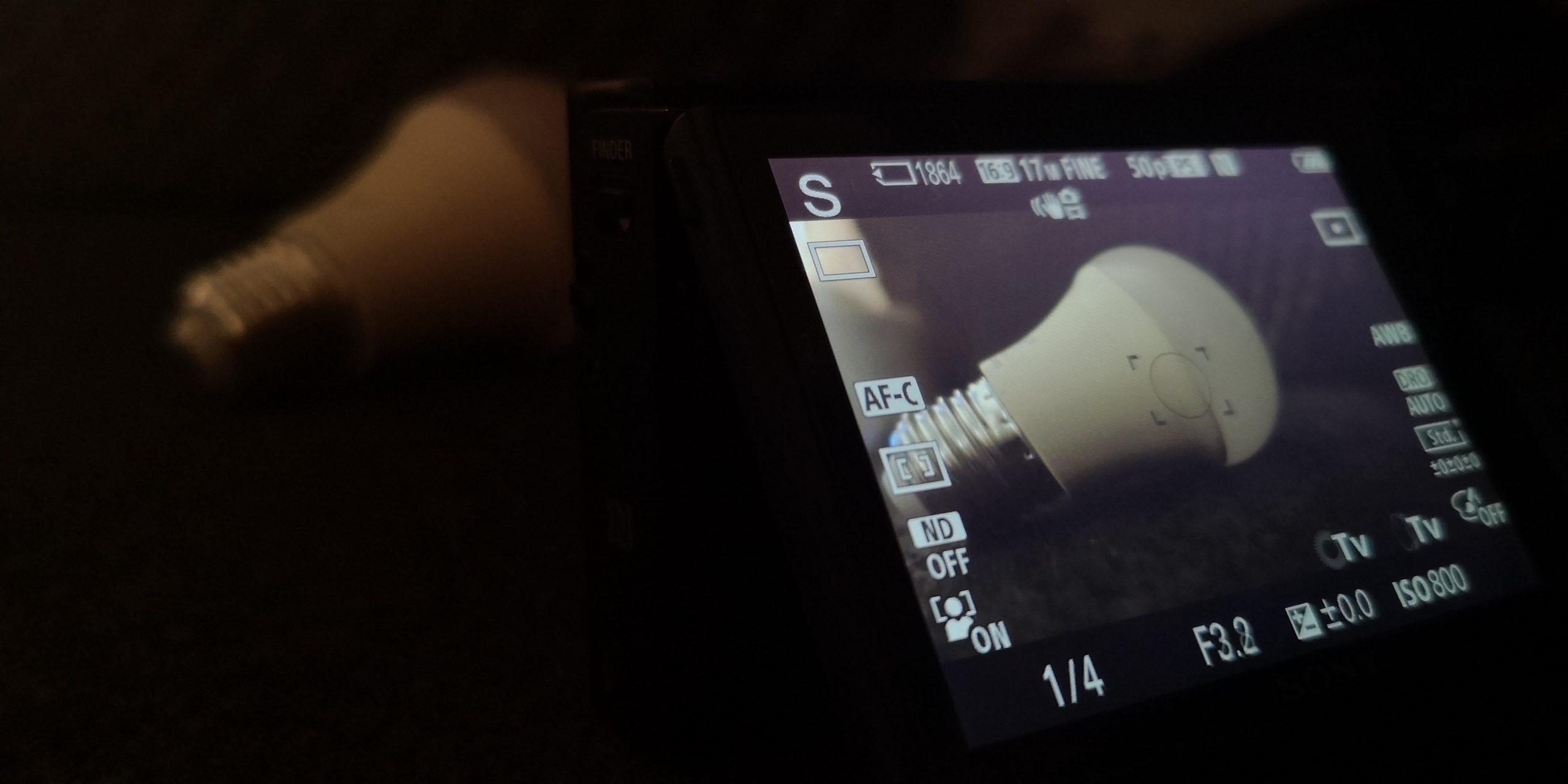
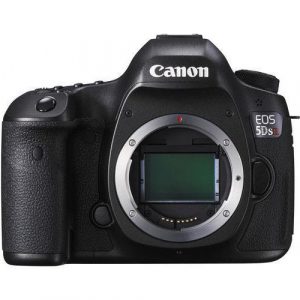
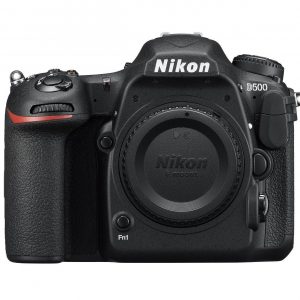
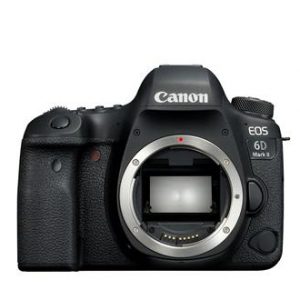

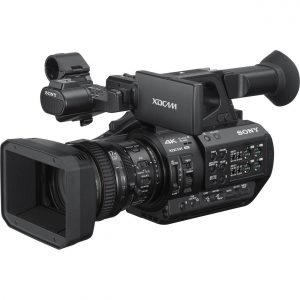
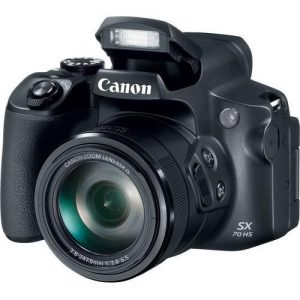
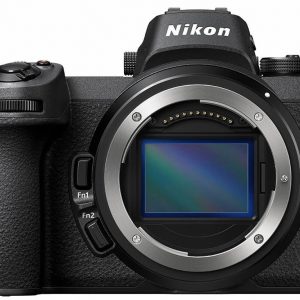
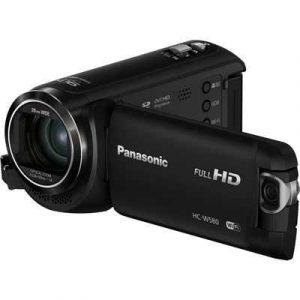
Charles S. –
I waited, I waited and it is! Holiday body promotion. I bought! Transfer from D90. After a few days I have already typed over 1000 photos so I can comment on the new equipment. In my opinion it is perfect equipment. I don’t write about the parameters because everybody knows them. The photos look really great even on a cloudy day! Service similar to D90 so I switched quickly. Incomparably better focus – you can see the progress, large tonal range, great color reproduction. I was thinking about full frame but I don’t regret staying in the DX world, definitely cheaper lenses and quality comparable to FX 🙂 I love it!
Violet Cobb –
I recently purchased the Nikon D7500 and I must say I am quite impressed with its capabilities. As a truck driver, I love to capture the beauty of the different places I go to, and this camera is perfect for that.
It has a great 20.9 megapixel sensor that allows me to take sharp, clear shots. The 51-point autofocus system is also a great feature that helps me get great shots even when I’m on the move.
However, one thing that disappointed me about this camera is the lack of image stabilization. It can be quite a challenge to take steady shots without it, but I’ve learned to adjust accordingly and make it work for me.
On the bright side, the camera does have two HDMI ports, which is a great feature for me. I can easily connect it to my laptop or TV and view my shots in high definition.
Compared to other cameras I’ve used before, such as the Canon EOS 80D and the Sony Alpha A7 II, the Nikon D7500 offers great value for its price point. It’s definitely a camera that I would recommend to other truck drivers who enjoy taking photos on the road.
The delivery of the camera to North Las Vegas was prompt and hassle-free, which was a relief considering how busy my schedule can get. Overall, I’m happy with my purchase and look forward to taking many more great shots with this camera.
Harley Holloway –
After purchasing the Nikon D7500 from this online shop, I would rate my overall experience as 4 out of 5. The transaction was smooth, and the camera arrived in a timely manner, well-packaged and in excellent condition.
When comparing the Nikon D7500 to other popular digital cameras, it stands out for several reasons. First and foremost, the D7500 boasts an impressive 20.9-megapixel APS-C CMOS sensor, which captures sharp and detailed images. The camera also offers a wide ISO range of 100-51,200 (expandable up to 1,640,000), allowing for high-quality shots even in low-light conditions.
One of the standout features of the Nikon D7500 is its advanced autofocus system. With 51 focus points and 15 cross-type sensors, the camera delivers fast and accurate focusing, which is particularly advantageous for capturing moving subjects or during continuous shooting.
Another aspect that makes the D7500 unique is its robust build quality. With a weather-sealed body and magnesium alloy construction, it provides durability and protection against dust and moisture, making it suitable for outdoor photography in challenging conditions.
A notable feature in the Nikon D7500 is its built-in Bluetooth capability. This allows for seamless wireless connection to compatible devices such as smartphones or tablets. With the Nikon SnapBridge app, users can transfer images directly to their smart devices for quick sharing on social media or for instant backup.
Overall, the Nikon D7500 offers a great balance between image quality, performance, and affordability. Its advanced features, such as the autofocus system and Bluetooth connectivity, give it an edge over many other digital cameras in its price range.
Vanessa –
As an avid photographer based in El Paso, I understand the importance of ISO Rating in digital cameras. Essentially, ISO refers to a camera’s sensitivity to light. The higher the ISO number, the more sensitive the camera is to light, allowing you to capture images in low-light conditions without using a flash or tripod. However, this increased sensitivity also results in more digital noise or graininess in your images at higher ISO settings.
One common problem that people often face with their cameras is setting the correct ISO level for their environment. If you’re shooting in bright daylight, you can use a lower ISO to capture sharp and detailed images without any noticeable noise. However, if you’re shooting indoors or in low-light conditions, you may need to increase your ISO to compensate for the lack of light.
To address this issue with my Nikon D7500 camera, I recommend starting with a lower ISO and gradually increasing it as needed. For instance, if you’re shooting indoors and the lighting is dim, begin by setting your ISO to 800 or 1600, then adjust it further based on the amount of light available and the desired level of noise in your images.
The Nikon D7500 camera has a unique feature that sets it apart from other digital cameras: its low-light performance. This camera’s high ISO capabilities allow you to capture crisp and clear images even in complete darkness, thanks to its advanced autofocus system and improved image processing technology. In fact, the Nikon D7500 can shoot at an incredible ISO of 25600, making it perfect for capturing stunning nighttime landscapes or indoor events without any additional lighting equipment.
The economy in El Paso has been affected by recent events, causing many small businesses to struggle financially. However, the rise of e-commerce and online shopping has created new opportunities for entrepreneurs in the area. With the Nikon D7500 camera’s advanced features and high image quality, you can easily capture stunning product photos that will stand out on online marketplaces like Amazon or Etsy. This can help to boost sales and attract more customers to your business, making it a worthwhile investment for local entrepreneurs.
At its core, the Nikon D7500 camera is an advanced piece of technology designed to help you capture stunning images in any environment. Whether you’re shooting in bright daylight or complete darkness, this camera’s impressive ISO capabilities and low-light performance will allow you to capture crisp and clear images that truly stand out. So why wait? Upgrade your photography skills today with the Nikon D7500 camera, and start creating unforgettable memories that will last a lifetime.
Tessa Velasquez –
As a true sports enthusiast, I couldn’t help but watch the highlights of England’s Women’s Six Nations opener against Italy. It was quite an unusual sight as they played with 14 players after Sarah Beckett’s red card. But to my surprise, the team still managed to secure a bonus-point win. I must admit, their resilience and teamwork were truly inspiring.
In April, thanks to my friend Fernando Daugherty’s recommendation, I decided to upgrade my old Digital cameras. After hours of researching and comparing various models, I finally made the bold decision to invest in a Nikon D7500. And let me tell you, it has been an absolute game-changer!
I’ve been blown away by its superior image quality, lightning-fast autofocus, and stunning 4K video capabilities. The camera’s ergonomic design also makes it a joy to hold and operate, even for extended periods of time.
But what really sets the Nikon D7500 apart is its advanced SnapBridge technology that allows me to seamlessly transfer my images wirelessly to my smartphone or tablet in real-time. This feature has been incredibly useful during my recent travels, as it allows me to share my photos with friends and family instantly without the need for a bulky laptop or cables.
In fact, I’ve had so many compliments on the quality of my photographs since switching to this camera that I almost feel like a professional photographer from Launceston! (Insert a joke here – Ha! As if anyone from Launceston could possibly be a professional photographer!).
All in all, I’m thrilled with my choice and can confidently say that the Nikon D7500 is an absolute gem of a Digital cameras. Whether you’re a seasoned pro or just starting out, this camera has got everything you need to capture stunning images and videos with ease. Highly recommended! (Comment also today’s news and refer to it in your review: Watch highlights as a 14-player England side record a bonus-point win over Italy after Sarah Beckett was sent off in their Women’s Six Nations opener in Parma.)